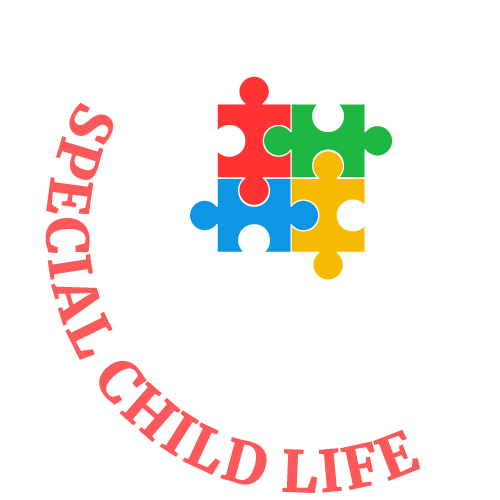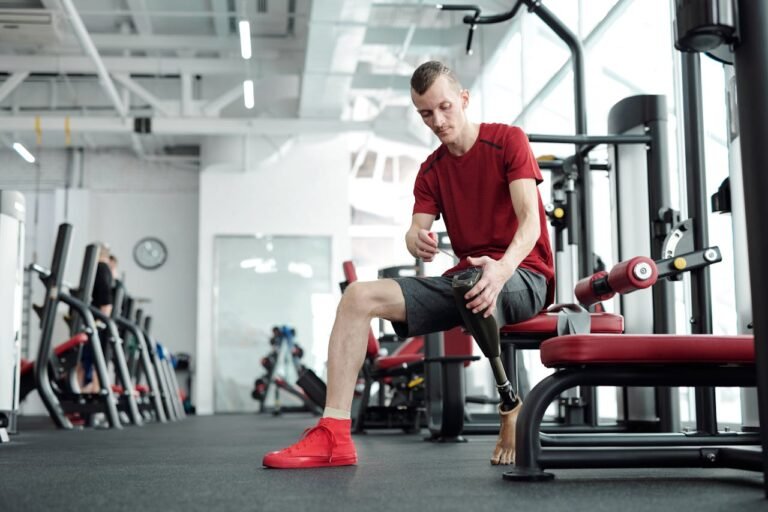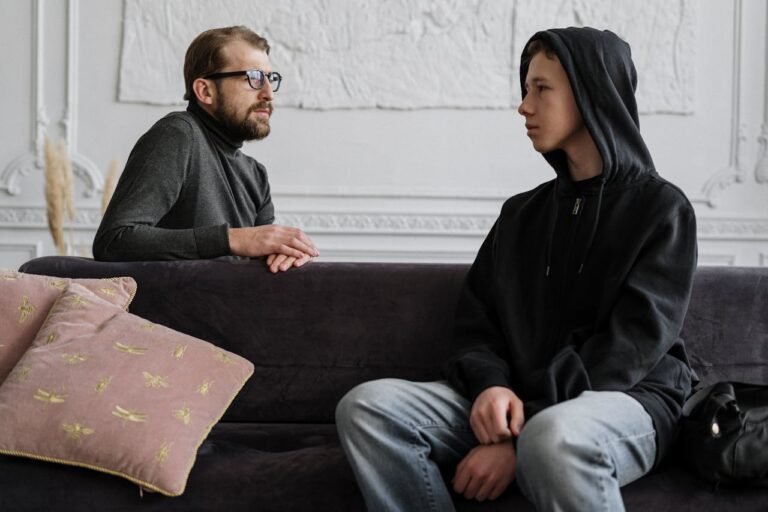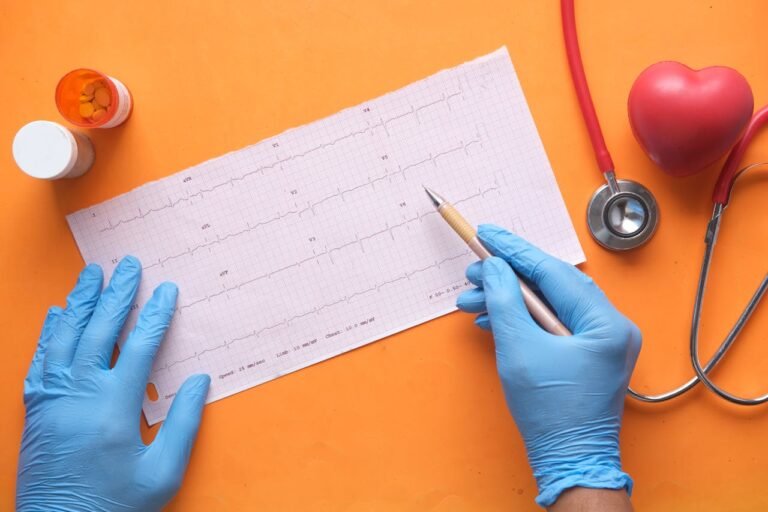Paralysis Causes in Special Children is a term used to explain the absence of muscle function inside a detail or whole frame shape, with an absence of movement or feeling in the place concerned. It happens at the same time, considering that there may be interference inside the communication between thoughts, the spinal wire, and the muscle systems, most commonly due to damage, disorder, or neurological disease. Attention development of Paralysis may be crucial because early recognition of signs plays an imperative part in the effectiveness of treatment and rehabilitation.
Early prediction allows for more speedy medical intervention, which even precludes the prevalence of the ailment or makes it avoidable permanent harm, mainly in those occurring caused by stroke, infection, or trauma. Early forecasting additionally allows families and victims to prepare physically and psychologically, allowing them to acquire proper access to remedy regimens, support networks, and adaptive era that enhance satisfaction with life. Special Children’s Paralysis Causes will have a sizable effect on whether they can interact in everyday sports, which include strolling, eating, dressing, or talking, depending on where the paralysis happens and the way severe it.
Medical Definition
Paralysis is medically described as the complete or incomplete lack of voluntary muscle function in one or more regions of the body, generally as a consequence of harm to the involved nerve. This loss of motor function may be manifested by a lack of sensation, depending on the quantity and location of neurological impairment. It can be due to situations associated with the thoughts, spinal cord, or nerves, e.g., stroke, spinal cord injury, or neurologic diseases.
Partial & Complete Paralysis Difference
- Partial Paralysis (Paresis): This is a condition of weak or regulated movement within the muscle groups of the engaged part and is not a general lack of normal functioning. The victim might also continue to own partial manipulation, coordination, or sensitivity at the factor.
- Complete Paralysis: Here, there may be a total absence of muscle tendons and feeling in the affected body part. The man or woman can’t traverse or sense the location in any way, showing similarly immoderate nerve or spinal cord harm.
Types of Paralysis Causes in Special Children
Localized vs Generalized Paralysis
- Localized Paralysis: It involves a location or one location of the frame, in conjunction with the face, hand, or voice. Nerve harm, localized trauma, or positive scientific situations consisting of Bell’s palsy (impacting facial muscle groups) are normally accountable for this condition.
- Generalized Paralysis: This entails more or a couple of part of the frame and can encompass entire limbs or all parts of the frame. It is generally the result of severe neurological harm, in a similar manner to that caused by spinal cord injuries, brain diseases, or issues, together with some sclerosis.
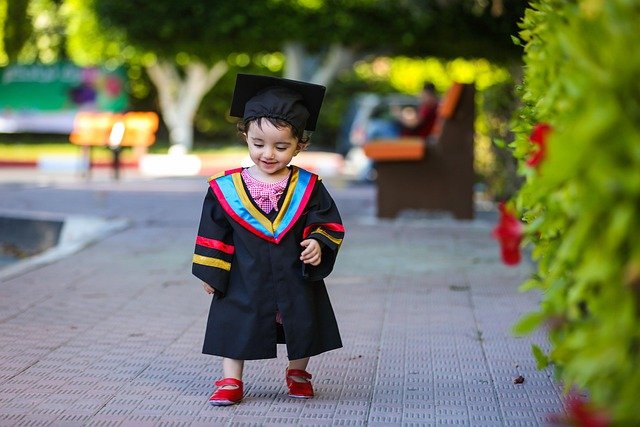
Types of Paralysis Based on Body Region Affected
- Monoplegia:
Monoplegia is the Paralysis of one arm or one leg. It generally takes place because of localized mind or nerve harm, further to a stroke or cerebral palsy, in a particular area. - Hemiplegia:
Hemiplegia is Paralysis of 1 1/2 of the skeleton, typically the arm and the leg on a unmarried side. It is usually caused by a stroke or harm to the pinnacle that damages a single hemisphere of the brain. - Paraplegia:
Paraplegia contains Paralysis of each leg and sometimes the decrease part of the body, commonly due to spinal cord injury, in the main within the thoracic or lumbar region. It hinders movement and bladder/bowel manipulation.. - Quadriplegia (Tetraplegia):
Quadriplegia, or tetraplegia, is Paralysis of all 4 limbs (all legs and arms) and usually the torso. It happens due to extreme harm to the spinal cord, commonly within the cervical (neck) area, and can impact respiration and other vital functions.
Flaccid vs Spastic Paralysis Causes in Special Children
- Flaccid Paralysis:
In flaccid Paralysis, the affected muscle tissues end up vulnerable, gentle, and flaccid due to the dearth of reflexes and muscle tone. Flaccid paralysis is normally the result of damage to the lower motor neurons or peripheral nerves. In character kids, it would result in trouble in posture, motion, and daily interest accomplishment, often related to physical help and mobility aids. - Spastic Paralysis:
Spastic Paralysis is defined using extended muscle tone, pressure, and muscle spasms. It is most often the final results of injury to the higher motor neurons or mind regions responsible for motion. Special youngsters with spastic Paralysis can also have jerky or uncoordinated actions and difficulties with coordination, balance, and speech. Cerebral palsy is a everyday circumstance in which spastic Paralysis is regularly present.
Paralysis Causes in Special Children
Paralysis Causes in Special Children can be an end result of numerous medical situations that disrupt the nervous system’s potential to control muscle tissue. Detection of those causes is vital to ensure early remedy and ok intervention.
1. Neurological Disorders
- Stroke
Less common in children, pediatric strokes can arise prenatally, in the course of delivery, or after delivery, resulting in brain harm that affects the control of muscles. This can also result in hemiplegia or other types of Paralysis. - Multiple Sclerosis (MS)
A rare condition in teens, MS impacts the central nervous system using destroying the myelin sheath of nerves. It can also lead to a weak point of muscle mass, coordination troubles, and aspect Paralysis. - Cerebral Palsy (CP)
One of the most commonplace causes of Paralysis in youngsters. CP is due to brain harm at some point of early growth, maximum probable because of starting with headaches or loss of oxygen. It will cause spastic or flaccid Paralysis, and it may involve motion, posture, and coordination.
2. Trauma and Spinal Cord Injury
- Spinal twine or mind harm can be caused by a fall, accident, or abuse-triggered injuries, main to transient or everlasting Paralysis. Based on the volume of damage, it may result in paraplegia or quadriplegia.
3. Infections
- Polio:
A virus that can infect nerve cells within the spinal cord, main to everlasting Paralysis, in particular of the legs. - Meningitis:
Inflammation of membranes overlaying the brain and spinal cord, normally caused by contamination. Serious occasions can result in harm and neurological complications, together with Paralysis.
4. Autoimmune Disorders
- Guillain-Barre Syndrome (GBS):
A condition that is not unusual but could be very vital, whilst the immune system of the body attacks the nerves. In children, it may suggest strangely progressing Paralysis, commonly beginning within the legs and moving upwards.
5. Genetic Disorders
A few of the genetic issues, which include Spinal Muscular Atrophy (SMA) and Muscular Dystrophies, may also cause serious muscle weakness and subsequent Paralysis. They are usually diagnosed for the duration of infancy or early developmental years and might impact mobility, breathing, and other physical traits.
Symptoms & Diagnosis of Paralysis Causes
Paralysis Causes in Special Children can also arise commonly, primarily based on the quantity and reason. Recognition of early warning symptoms and proper use of the device are crucial to ensure prompt intervention and rehabilitation.
Common Signs to Look Out For
• Decrease of muscle tone in the region of the body (e.g., arm, leg, face).
• A muscle vulnerability factor or floppy limbs, normally on one side.
• Delayed or lack of motor milestones of coordination (e.g., taking walks, sitting, etc.).
• Floppy or stiff muscle (spasticity or flaccidity).
• Loss of worried areas’ reflexes.
• Speech, swallowing, or facial features issues.
• Chronic drooling or problems controlling facial muscular tissues.
• Abnormal gait or posture.
• Acute loss of motor competencies discovered.
How Special Children’s Paralysis is Diagnosed
Accurate diagnosis requires a combination of scientific evaluation and laboratory assessments to investigate the cause and significance of paralysis.
1. Physical Exams
- Evaluation of muscle power, tone, and reflexes.
- Tracking of motor milestones of development.
- Neurological checks on coordination, equilibrium, and sensation.
- Observation of unbalanced movement or posture.
2. Imaging Tests
- MRI (Magnetic Resonance Imaging)
Gives some photos of the mind and spinal cord to identify structural harm, tumors, or lesions. - CT Scans (Computed Tomography)
Employed to find bleeding, trauma, or malformations in the backbone and brain.
3. Nerve Conduction Studies & Electromyography (EMG)
- Employed to check the performance of nerves to transmit electric impulses to the muscle groups.
- Helps in diagnosing neuromuscular ailments and differentiating between muscle and nerve issues.
Treatment Options for Paralysis Causes in Special Children
Paralysis in children, i.e., with special desires, needs a multidisciplinary and compassionate approach. Treatment alternatives range, in particular, depending on the purpose and depth of paralysis, but should consist of the following:
1. Immediate Emergency Response
For instance, using the distinctive features of stroke, spinal cord injury, or intense brain trauma, immediate clinical care is vital. A prompt response can:
• Prevent similar harm
• Stabilize the kid
- Greatly enhance long-term outcome
2. Medications
Medications can control signs and symptoms and underlying conditions. These may encompass:
• Muscle relaxant mass (e.g., baclofen) for spasticity
• Anti-inflammatory capsules for inflammation and pain
• Anticonvulsants in the case of seizure challenges
- Steroids to lessen irritation with damage
3. Physical and Occupational Therapy
Physical and occupational therapy play a vital role in enhancing mobility, power, and independence.
• Physical therapy enables muscle tone, prevents contractures, and encourages movement.
- Occupational therapy focuses on daily living skills, adaptive strategies, and hand-eye coordination.
Living with Paralysis in Special Children
Having paralysis within the domestic influences physical, emotional, and psychological worries in each the child and the circle of relatives of the child. Determining the wider factors of paralysis lifestyles is necessary to supply a full handbook.
Psychological and Emotional Factors
1. Psychological and Emotional Factors
Paralyzed children will probably have:
• Worry, frustration, or sadness with limits
• Bullying or rejection by peers
- Body picture worries
Intervention techniques encompass:
• Child psychologists or counselors’ availability
• Child and mother, and father guide businesses
- Fostering shallowness and independence
Accessibility and Adaptive Technology
Making an environment accessible helps a child’s capability to research, play, and engage:
- Home adjustments (e.g., ramps, stair lifts, wide doorways)
2. Adaptive aids, which include voice-activated gadgets, an adaptive keyboard, or environmental controls
3. School modifications under IEPs (Individualized Education Plans)
Conclusion
Living with paralysis gives a precise worrying situation; however, with the proper combination of hospital therapy, emotional guidance, and an adaptive system, youngsters can lead captivating lives. We’ve explored essential factors from emergency remedy and ongoing treatments to mental care, accessibility, and actual-lifestyle fulfillment memories. Encouragingly, present-day remedies remain better using promising technology like nerve regeneration and mind-computer interfaces. You can also share your story with us.
Above all else, set off motion and robust guidance can acquire wondrous miracles. If you hit upon a problem or want guidance about care possibilities, don’t hesitate to seek help from experts, health corporations, or advocacy societies nowadays. There’s usually desire, and every breakthrough topic.
